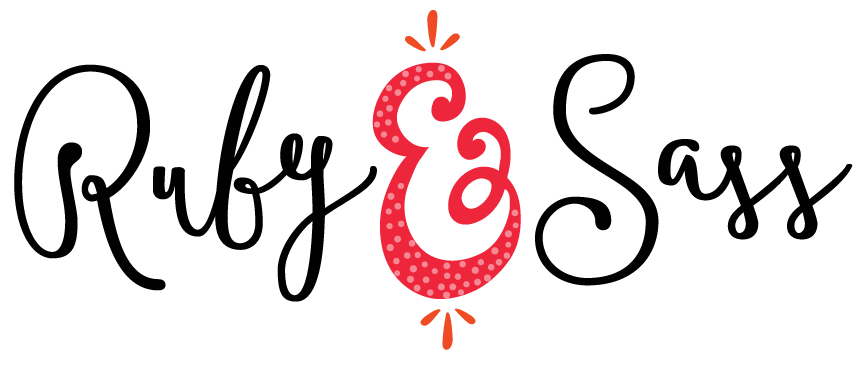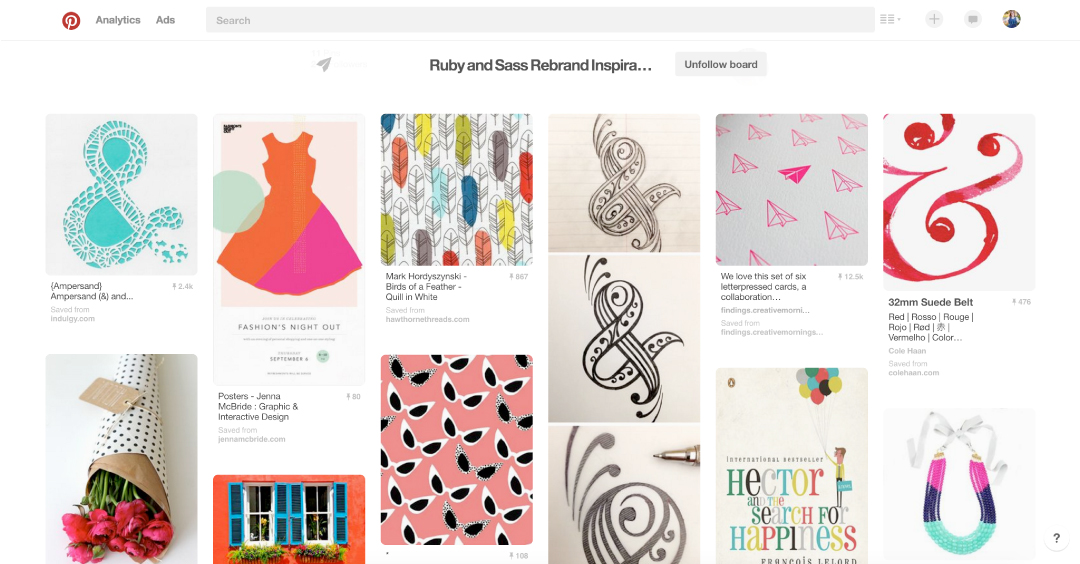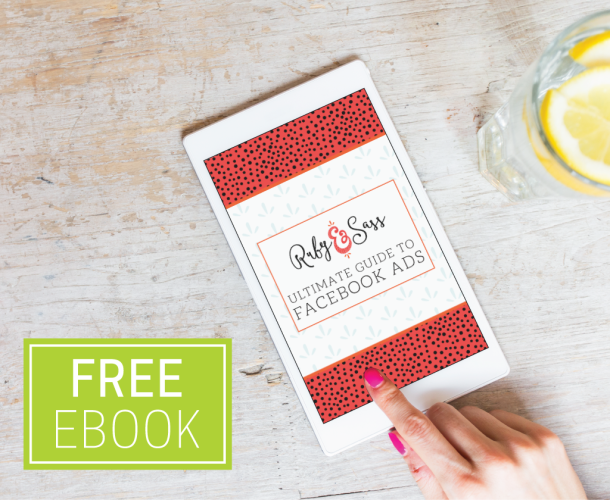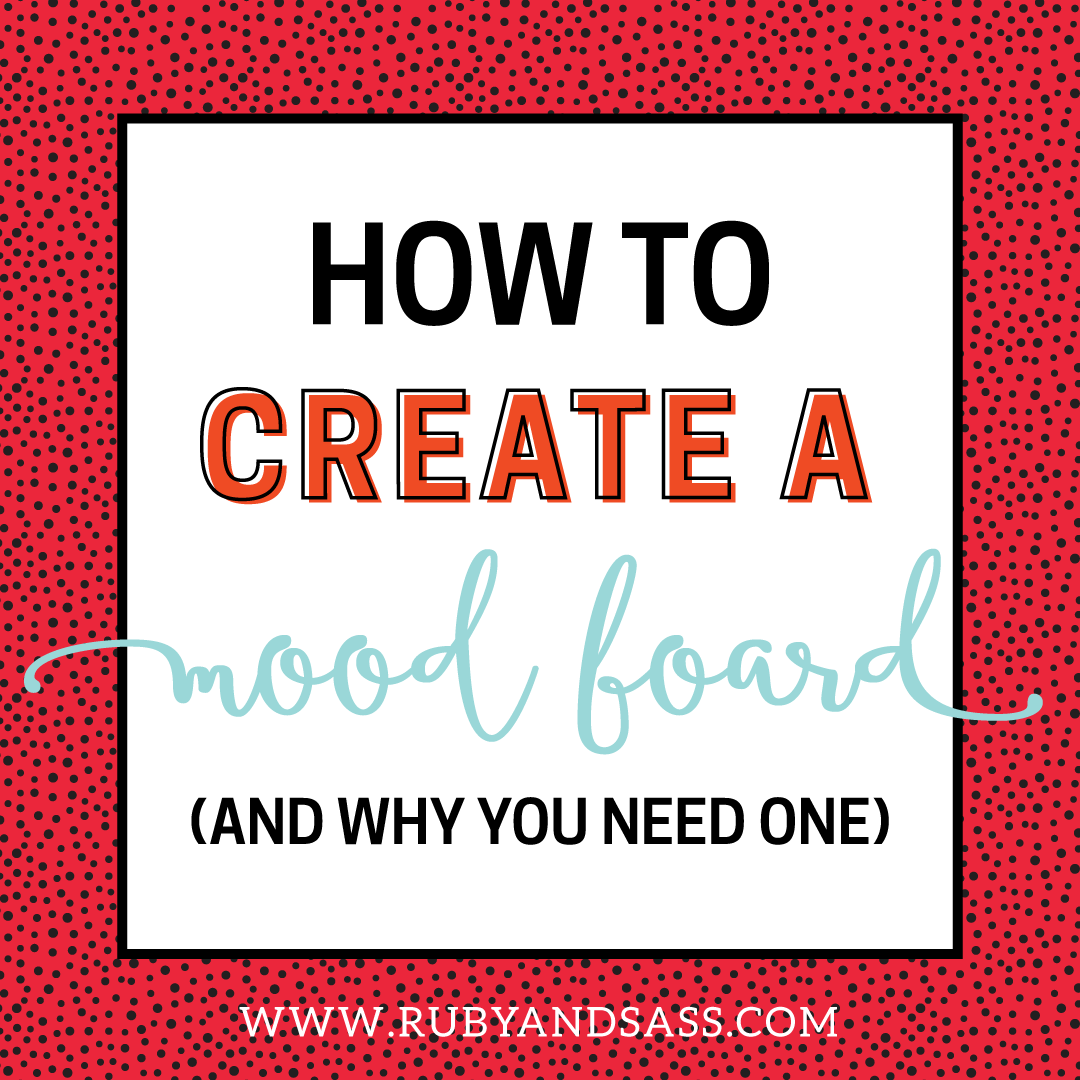
When I work with clients on a new branding project, one of the first things is ask them for set of inspiration images of what they’re envisioning for their brand. This gives me the best idea of what they’ve got in their head, helps me to see patterns and get common themes from their ideas. After the consult call, I’ve recently started mocking up a mood board or two for their brand using these images and others I think coincide with what the brand we’re going to create. This gives my clients a visual representation of the design direction I’ve chosen before I actually start designing. While I won’t literally be recreating everything on the mood board for their design, it lets them see at a glance if I nailed down the essence of their brand. In other words—did I get the mood or feeling of their brand right?
Uh, that all sounds great, but what exactly is a mood board, Megan?
Oh. Right. Remember when you were in elementary school, and your teacher would have you create a collage about yourself by cutting words and pictures out of old issues of Good Housekeeping and Time and pasting them on poster board? It’s like that, only digital (so yeah, there’s no paste to snack on, sorry).
A mood board for your brand is a collage of images, colors, patterns, and fonts that you like. You could also include a list of adjectives that describe the feeling of your brand.
But because a picture’s worth a thousand words … here’s an example of a recent mood board for Kairos Creative (I’m excited to reveal the entire brand for Kairos Creative soon!).
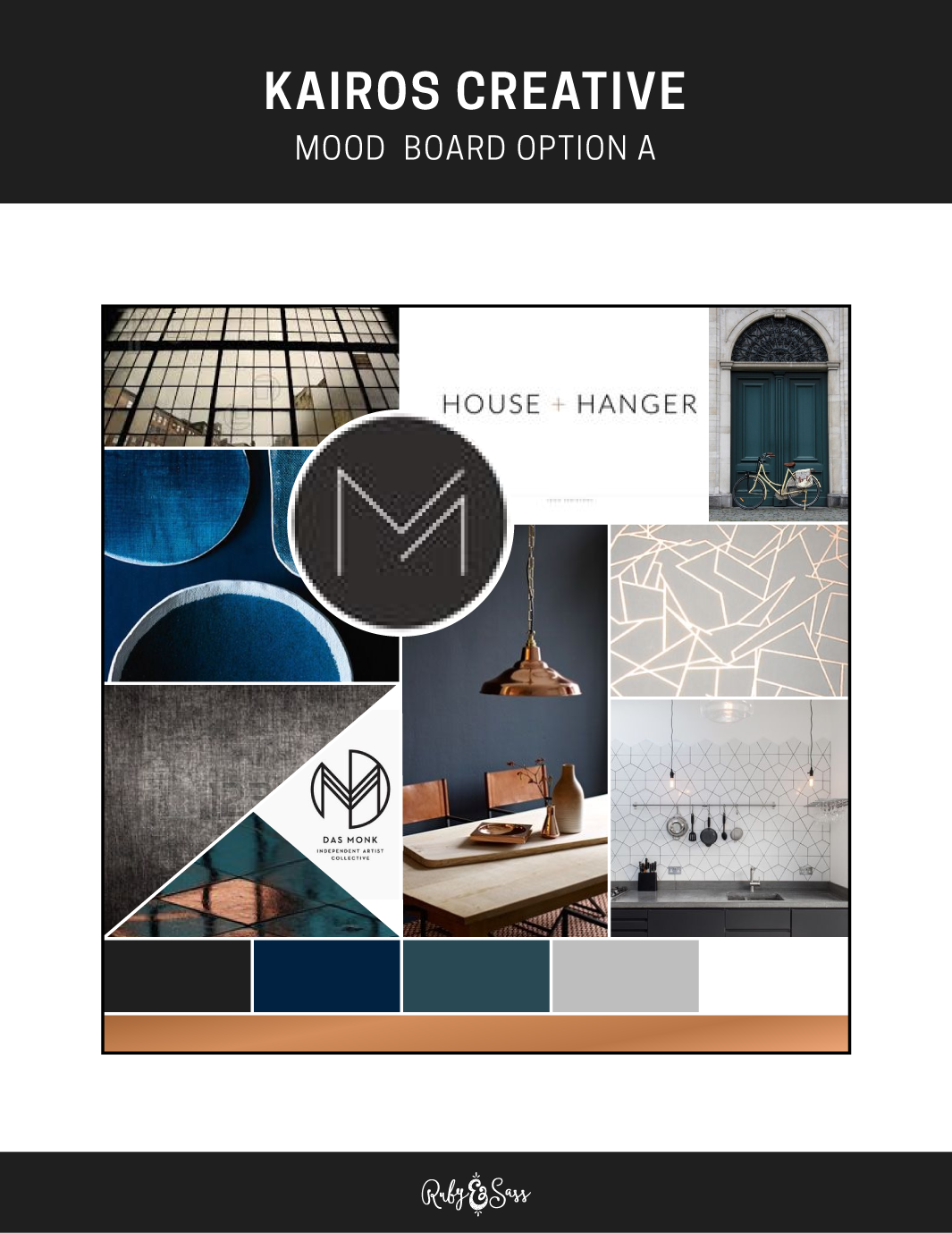
Why should I make a mood board?
Creating a mood board is a great way to get all your design inspiration in one place so you can fine-tune your look. It’s a place to experiment with different color choices and fonts—i.e., move stuff around, see what looks good with what, and what really doesn’t work—before you start designing (if you’re going the DIY route) or before handing things over to a designer.
With all the pretty things out there to choose from, it also helps you stay focused on the few elements and core values that you’ve chosen for your brand. And down the line it will serve as a great reference point when you’re debating about whether something fits with your brand or not—just drop it in your mood board and see if it works.
How do I create a mood board?
Before you go hunting down images, take a minute to decide what words best represent your brand. Mood boards are supposed to convey emotion, so first nail down what emotions you want to evoke.
Here’s a little exercise to get you started:
What adjectives best describe your business? Write down as many that come to mind.
If you need help finding the right words, here’s a list of 1,900 adjectives
Of those adjectives, narrow it down to the top three to five.
Those words will serve as your filter when you’re deciding what types of images to put on your mood board. For example, a brand that uses the words “quirky, retro, and imaginative” evokes a different feeling than a brand described as “dynamic, reliable, and powerful,” and the colors, images, and fonts would be much different.
Remember to keep your target audience in mind as well. Just because your favorite color is fuschia doesn’t mean that your branding needs to include that color—will it appeal to your target demographic? That’s more important than your personal preferences.
Okay, we’ve finally gotten to the fun part!
I create mood boards in Illustrator or Photoshop, but if you’re not Photoshop savvy, you could use another publishing program, create a Pinterest board, or use Canva.
Creating a Mood Board With Pinterest
Create a new, secret board (you can share it with your designer later). As you come across images, colors, and fonts that you like, you can pin them to your new mood board.
Because it’s easy to get carried away with the Pin button (guilty!), take some time to go back through the images on your board and curate them: only keep the ones that you think really speak to your brand and your audience. Here’s my pinterest mood board for my brand.
Creating a Mood Board with Canva
If you go the Canva route, choose the Photo Collage option – they have some great grids that will help you with the layout. You can either search for images in Canva or upload images you find elsewhere. The grid structure will force you to pick your favorite images as you go along due to the space constraints. Once you’re satisfied with the collage, you can download it and share it with your designer (if you have one) or print it out for daily inspiration. Take a look at their help page for directions.

Have I inspired you to create a mood board for your next project? Do you have any questions about what to include?
Fire away in the comments below!
